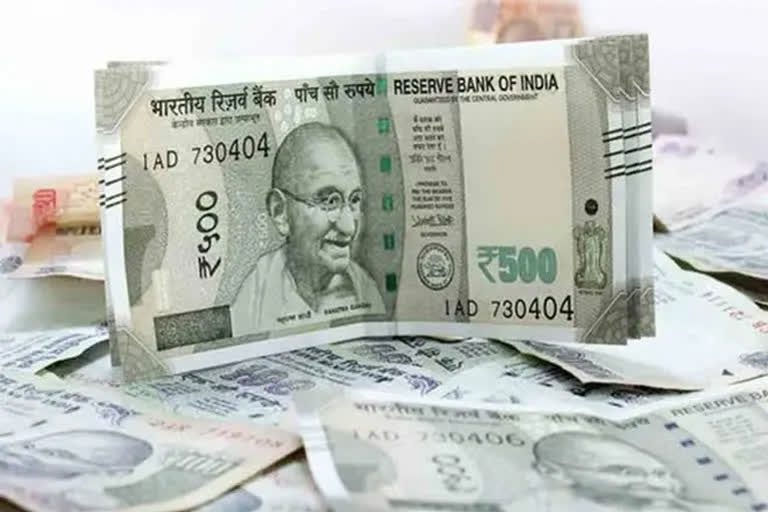New Delhi: The Union Budget is a statement of the government’s revenue receipts and its expenditures in a financial year which is presented to Parliament. The gap between the government’s expenditure and receipts is known as a shortfall or deficit. Under the Fiscal Responsibility and Budget Management Act of 2003, the Union government is required to report various shortfalls or deficits to the Parliament such as Fiscal Deficit, Revenue Deficit and Primary Deficit.
While Fiscal Deficit reflects the total borrowing requirement of the Union government in a financial year, the Revenue Deficit is the difference between the government’s revenue expenditure over its revenue receipts.
For example, as per the revised estimate presented by the finance minister Nirmala Sitharaman, the revenue expenditure for the last financial year (FY 2020-21), was estimated to be Rs 30.11 lakh crore, and revenue receipts were estimated to be Rs 15.55 lakh crore.
As per the revised estimates, the difference between the revenue expenditure and revenue receipts was estimated to be Rs 14.56 lakh crore, which is nearly half of the revenue expenditure.
However, as a percentage of the GDP, the revenue expenditure has been estimated to be 7.5% of the GDP. This was a huge jump from the budget estimate which was expected to be 2.7% of the GDP but due to the outbreak of Covid-19 global pandemic, all the estimates of the government veered off the projected trajectory.
